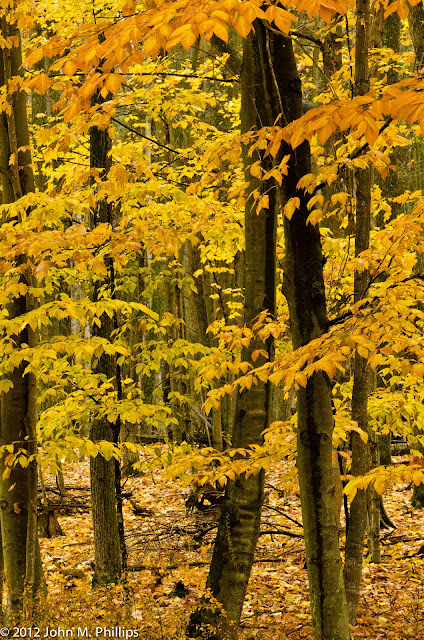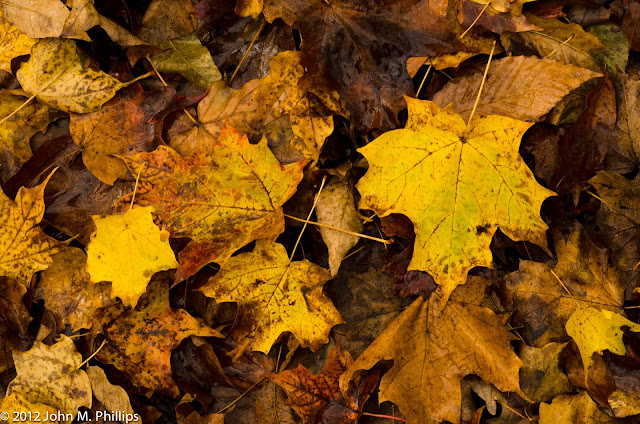A friend had mentioned to me that her son was going to be married in the church in a few weeks and that the church had a beautiful interior. So I called the parish and asked if I could take some photos for personal purposes. They were very gracious in letting me spend an hour in the church on Monday morning, October 29th.
Churches make good photographic subjects because they often offer a great deal of ornamental detail. Their architecture also cries out for shots that take advantage of the structure's abundant symmetries. I'm a sucker for those symmetries. Here are a few of the wide angle shots I took that feature the church's overall symmetry.
The church personnel were generous in letting me take photos from the organ loft, and this second shot is from that location.
And here are a couple of detail shots of the altar area.
I brought my tripod for this shoot, and I was grateful that I did because, as usual, while the interior lighting was above average for a church, it was still low relative to outside. The walls and ceiling were light, which made my job a little easier. By using the tripod, I did not have to compromise the quality of the shots in terms of the choice of aperture and ISO rating. As I have learned from experience, to nail the symmetry, I needed to position the camera directly on the axis of symmetry. Even an inch or two to one side or the other can mean that it just is not possible to balance the shot by cropping in post processing. Am I a little compulsive, or what?
The ceiling of the sanctuary was not great but interesting nevertheless.
I really liked the warm light coming through the windows on the left.
Here is a shot of the rear of the church, which included an impressive pipe organ.
As usual with interiors, there was a great difference between the amount of ambient interior light and the light streaming through the stained glass windows. As I have done in the past, I opted to give more attention to the exposure of the interior and allowed the light from the windows to get "blown out."
Except that is, when I was shooting the windows themselves.
And here are a few more "detail" shots of the statuary in the church.
It would be nice to know when the various statues were added. The first of the above shots appears to feature an African-American figure.
Although I am generally obsessed with symmetry, I did try a number shots taken at oblique angles.
I really liked this last shot because of the relatively simple curved lines that it features. It makes a nice abstract. I also converted it to a B&W, which also stresses the lines.
I wish I had "seen" more shots like this while I was at the church.
Before I left, I remembered to take some shots of the church's exterior.
Wow. What a difference sunlight made in ease of shooting.
And here are a couple of shots of the lovely front entrance.
This last shot nicely illustrates the fact that the church serves both English- and Spanish-speaking parishioners.
And finally, a nice close-up featuring the church's simple wooden cross.
Taken with my Nikon D7000 with Nikkor 24-120mm f/4 lens.

















































